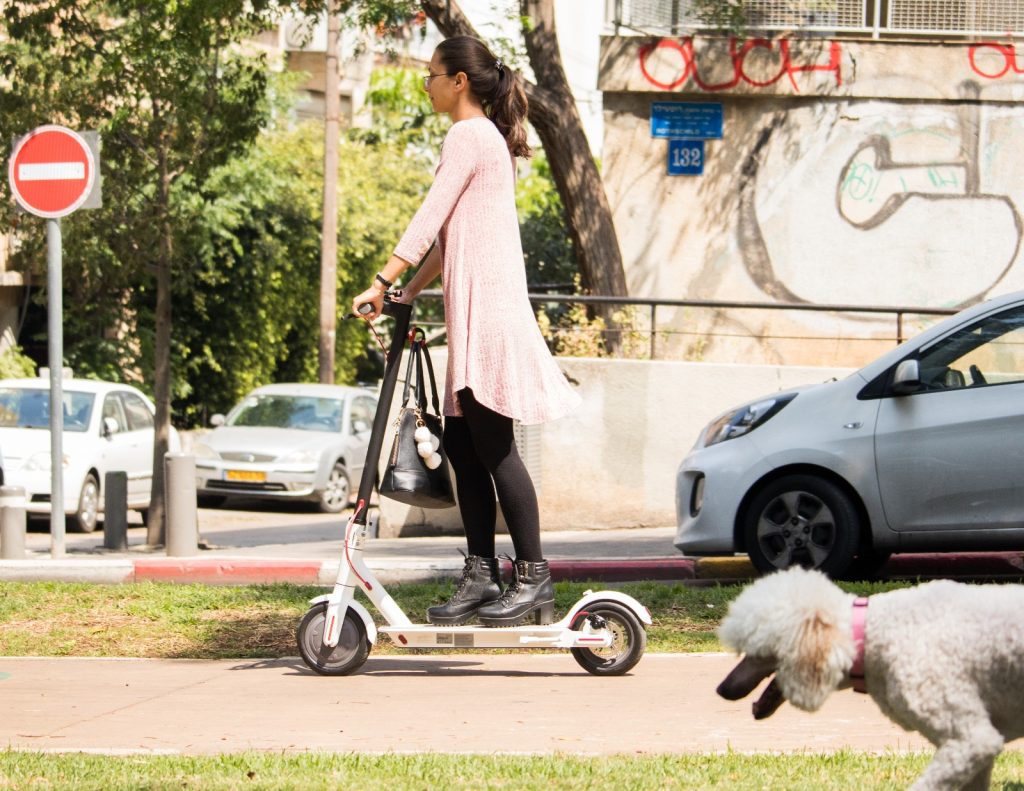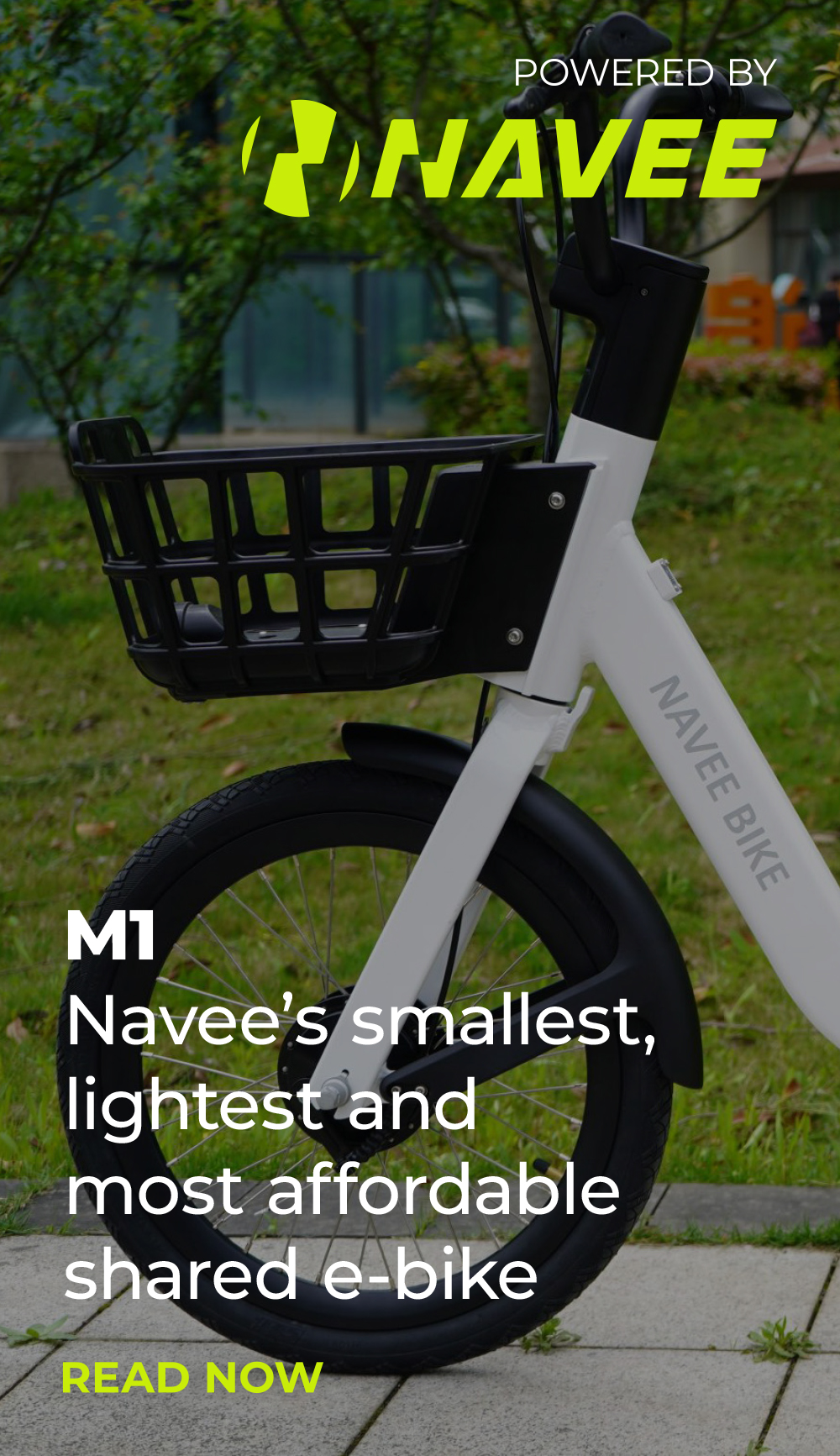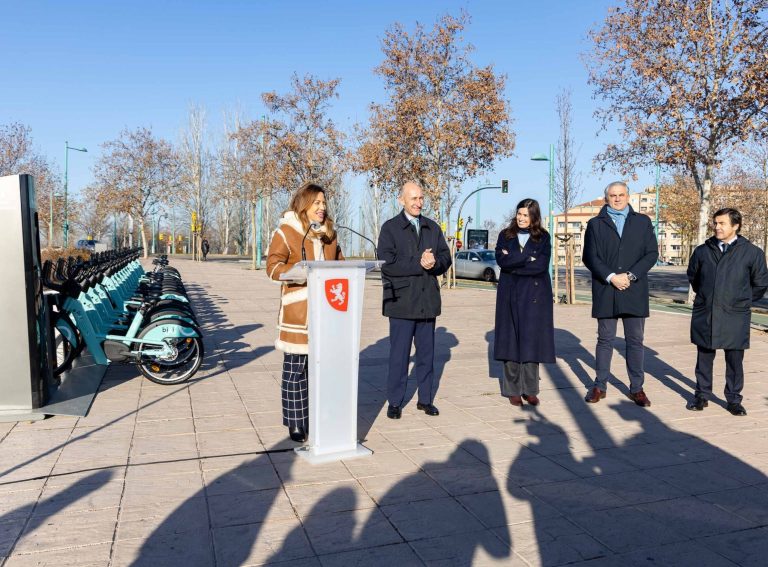The micromobility landscape in Tel Aviv, Israel, is like catching a glimpse into the future of urban transportation.
“I do not know a single family that does not have at least two micromobility vehicles at home,” Itzik Ben Aharon, CEO of Israeli e-scooter retailer 8Tev, told Zag Daily. “It is not when micromobility is the future, we are living the future.”
E-scooters and e-bikes are the main means of transportation for 16% of the city’s residents, a share that Tel Aviv Yafo Municipality wants to increase to 25% by 2030.
“There is a strategic plan that is implemented every year to reach that goal,” Meital Lehavi, Deputy Mayor for Transportation at Tel Aviv Yafo Municipality told Zag.
“This year, the two areas we have to focus on to see a growth in ridership are infrastructure and cycling culture.
“Israel has a different culture where there are no showers at work and the climate is very hot. So we need to show people that micromobility vehicles are an effective and comfortable tool for those who want to get to work quickly without sweating or getting stuck in traffic.”
Popular transport solution
There are around 170,000 rides a day in Tel Aviv – 70% of these rides are taken on electric vehicles, 20% are on shared e-scooters and 30% are regular bikes and other non-electric vehicles.
Five companies currently operate around 9,000 e-scooters in shared schemes in the city, including Bird, Dott, Lime, Tier and Wind. Part of the municipal bike rental company Tel-O-Fun’s 2,000 fleet are electric and there are thousands of privately owned vehicles too.
Factors like the warm weather, flatness of the city, proper micromobility infrastructure, no underground system, and lack of public transportation from Friday at sundown to Saturday night for the Jewish Sabbath help to boost micromobility’s popularity in the city.
Zag spoke with Meir Dardashti, Principal at Israeli venture capital firm Maniv Mobility, which invests in early-stage startups in mobility, transportation and logistics, who said the city has many factors that are crucial for shared micromobility.
“Tel Aviv has a young, affluent population that was experimenting with weird small electric form factors long before Silicon Valley discovered the scooter; years before big players entered the scene you would see people riding to work on electric unicycles or hoverboards on the streets.
“What is helping drive micromobility’s growth is the underdeveloped transportation infrastructure (and plenty of traffic), great weather most of the year, and an early-adopter population.”
These trends for using micromobility apply to the transportation of goods as well as people.
“Often subsidised by the many local tech employers, young professionals in the city live off food delivery,” said Dardashti. “We have heard from food delivery companies and shared scooter operators alike that Tel Aviv is among their most profitable markets.”

Tough regulations
While regulations remain a challenge for many cities in Europe, Israel has already established a tough set of rules for micromobility operations.
“What made most of the difference is the shared electric scooter, which has only been with us for around four years and requires creating dynamic regulations while understanding the market and its needs,” said the Deputy Mayor. “They have also made it necessary to create additional control measures targeting the riders’ behaviour.”
One of the tougher measures is the requirement of a licence to ride e-vehicles. Riders have to be 16 or older and pass a theoretical driver’s test – or a training test in case students are not old enough to be issued a driver’s licence.
It is mandatory to wear a helmet and to ride in the bike lanes when there is one. Those who ride on the pavement will receive a fine from the police and the speed limit is capped at 25 km/h.
For shared e-scooters specifically, there are certain areas which are prohibited where the e-scooter will shut down automatically. The vehicles are identified with licence plates and have to be parked in regulated spaces in the city.
Lehavi said that new safety requirements will be implemented for shared e-scooter operators next year. “The companies that provide safer tools and more secure features will receive a higher score.”
Micromobility infrastructure
The local government has been focused on building proper infrastructure for bikes and e-scooters. There are around 170 km of bike lanes in Tel Aviv and 400 km of traffic moderation streets, which have a 30km/h speed limit and are shared by cars and riders.
The city’s programme is aiming to build 300 km of bicycle paths by 2030. “We plan to continue to build bike infrastructure in the city,” said Lehavi. “But it is not easy to remove parking spaces or driving lanes. We know we need to act on this though to stay in line with the growing ridership levels.
“This city is a fantastic example of micromobility done right. But don’t take my word for it, come and see for yourself!”






